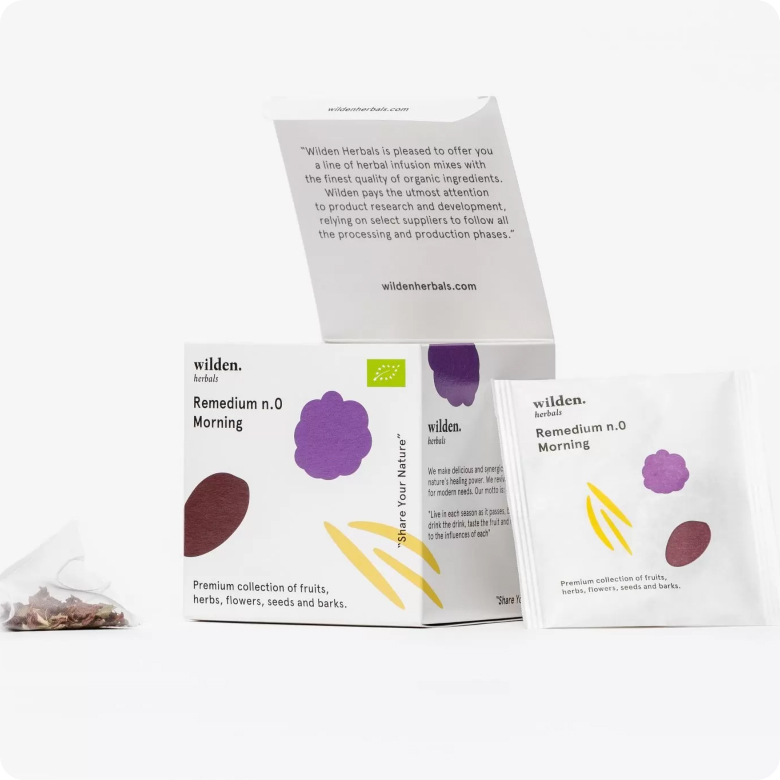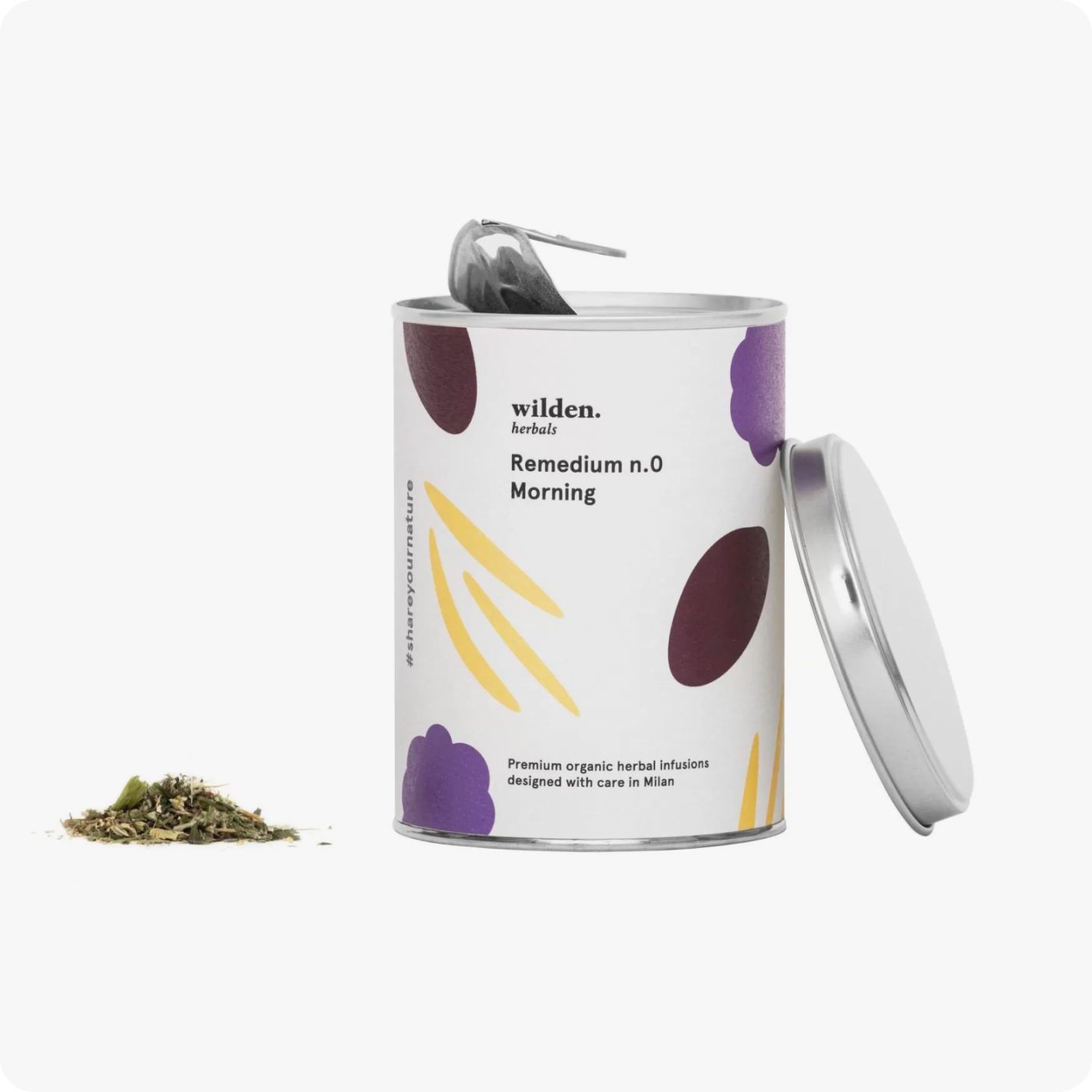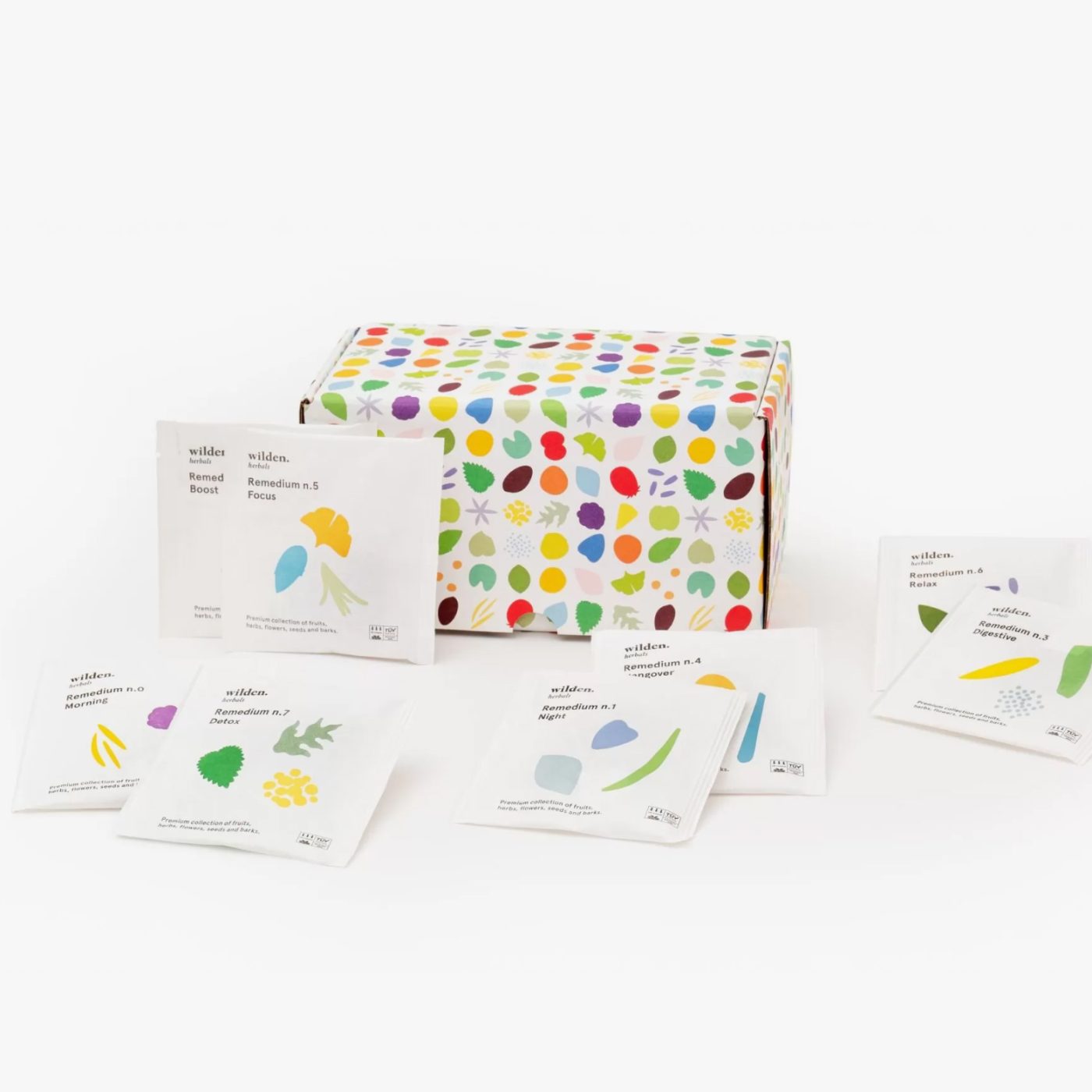Mallow, all the softness in a plant
Just hearing it makes you want to relax: in this article, we tell you about the origins, properties and uses of mallow, the emollient plant par excellence.
Table of contents:
The plant
What are the properties and benefits of mallow?
How to use mallow?
Curiosities
The plant
As always, let’s start with a bit of botany: mallow sylvestris, also called wild mallow, belongs to the Malvaceae family; it is a biennial or perennial herbaceous plant that can grow up to a meter in height. Its leaves are divided into 5-7 lobes and the flowers, pinkish-purple in color, have 5 petals andappear from spring to autumn. Mallow likes rich, porous soils and often grows on submountain roadsides. Of Euro-Siberian origin, it is now found throughout the Italian Peninsula. Among the varieties of mallow used in traditional medicine-in Syria archaeological studies have proven the consumption of this plant for medicinal purposes as early as 3,000 years ago-that Sylvestris emerges for its many benefits: let’s see what they are.

What are the properties and benefits of mallow?
A “soft” plant par excellence, mallow has anti-inflammatory, mildly laxative and soothing properties. It is recommended for regularizing the intestines and as an emollient of the mouth and throat in cases of bronchitis, dental abscesses, mouth ulcers, gingivitis, and inflammation. It then acts as an expectorant, diuretic and mucous membrane decongestant. In traditional medicine then, it has always been consumed as a liver detoxifier and for heartburn.
How to use mallow?
Officinal use: mallow is widely used in herbal teas and pharmaceutical preparations for its sedative and emollient properties. It is no coincidence that we decided to select it as an ingredient for our Remedium No. 1 – Night, which can conciliate sleep and improve the quality of night’s rest. Moreover, reappropriating the traditional use of consuming mallow for liver purification, we also wanted to include this portentous herb in Remedium No. 4 – Hangover, along with 11 other plants that synergistically work in favor of the liver, stomach and intestines, releasing a marked feeling of tonicity and energy.
Use in cooking: It can be said that of Mallow, you don’t throw anything away! Young leaves and sprouts, rich in calcium and iron, can be eaten in a fresh mixed salad or cooked as a vegetable. You can cook its most tender branches to enrich soups or eat them as a side dish seasoned with oil salt and lemon or as a filling for ravioli, meatballs and omelets. The beautiful flowers can be fried in batter or left au naturel to color cakes and salads; finally, when dried, they can be used to add a touch of color to herbal tea blends.
Cosmetic use: hand creams, shampoos, bubble baths, toothpastes, mouthwashes and skin lotions…“softness” is assured here, too!

Our Mallow Remediums 
Curiosities
The genus name derives from the Greek malakos , “soft,” precisely in reference to the plant’s emollient virtues; according to some, however, the derivation is from “mal va” meaning “way to evil.”
In ancient times it was sown around graves because it was a symbol of sweetness and conferred peace and serenity on the souls of the dead. The Pythagoreans considered it a sacred plant, with the power to free men from the bondage of the passions.
Bibliography
- Luciano, R. and Gatti, C., 2014. Wild edible herbs. Boves (CN): Araba fenice.
- Bulgarelli, G. and Flamigni, S., 2015. Practical guide to medicinal plants. Milan: Hoepli Editore.
- Gasparetto, João Cleverson, et al. “Ethnobotanical and scientific aspects of Malva sylvestris L.: a millennial herbal medicine.” Journal of Pharmacy and Pharmacology 64.2 (2012): 172-189.







